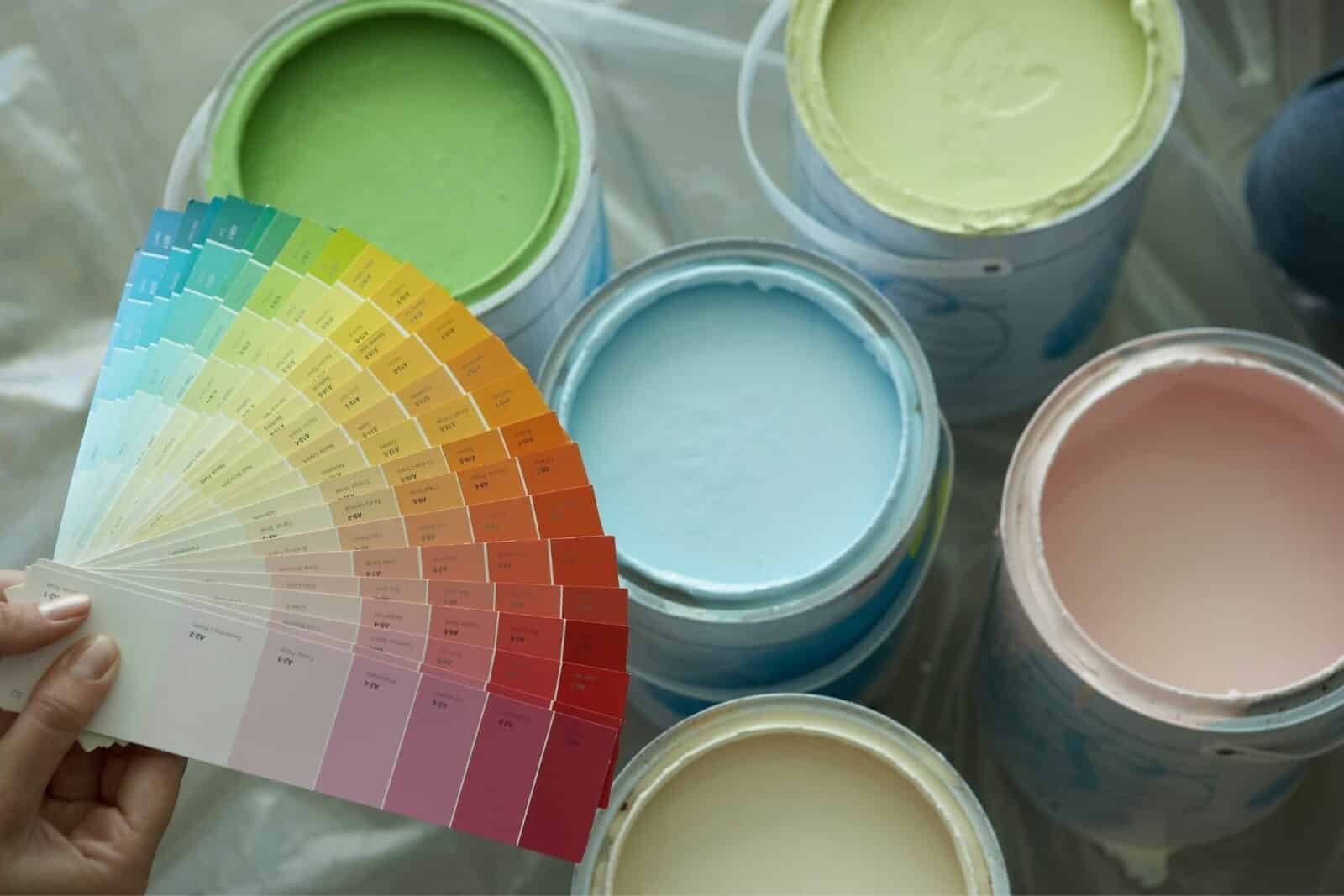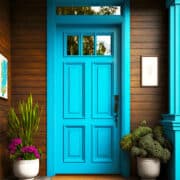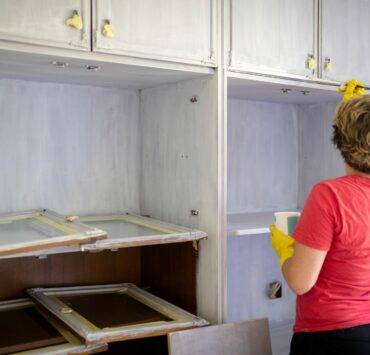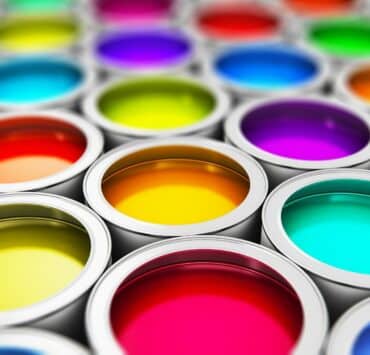Satin paint, a favorite among many homeowners and decorators, offers a finish that stands between matte and glossy.
What sets it apart from other types of paint finishes?
When is the right time to use it?
Let’s delve into the specifics and its unique properties.
Satin Paint Gloss Rating
The gloss rating of paint determines how shiny or reflective its finish will be once dried. Satin paint typically falls in the middle of the gloss scale, coming in at around 20-35% sheen. This means that it has a slight sheen, but it’s not overly glossy. The subtle shine adds depth to walls without the high reflection that one might find in semi-gloss or high-gloss paints.
When and Why to Use Satin Paint
It is often chosen for its versatility. Here are some instances when you might opt for satin:
- High Traffic Areas: It is durable and can withstand cleaning better than matte paints, making it a top choice for hallways, children’s rooms, and family rooms.
- Kitchens and Bathrooms: The slight sheen helps resist moisture better than flatter finishes, which is a boon for spaces like kitchens and bathrooms that are prone to humidity.
- Accent Walls: The subtle shine can highlight an accent wall without being overpowering, drawing attention without the glitz of a high-gloss finish.
Benefits of Using Satin Paint
1. Durability: As touched upon earlier, it stands up to cleaning and light scrubbing, ideal for spaces that need regular cleaning.
2. Moisture Resistance: The finish is less porous than matte paint, helping walls resist moisture and mildew.
3. Aesthetic Appeal: Satin provides a luxurious finish, giving rooms an elegant touch without being overly shiny.
4. Easy Application: It is easier to work with than higher-gloss paints, with fewer visible brush strokes and a more forgiving finish.
How Satin Paint Differs From Other Paint Glosses
- Matte or Flat Paint: This has the least amount of shine, usually 0-10% sheen. It’s often used for ceilings or walls in low-traffic areas but can mark easily.
- Eggshell Paint: Slightly glossier than matte but less so than satin, it offers a soft, velvety finish.
- Semi-Gloss Paint: With a gloss level around 35-70%, it’s shinier than satin and is often used for trim, doors, and bathrooms.
- High-Gloss Paint: The shiniest of all, it’s often reserved for furniture, doors, and areas where a dramatic shine is desired.
In conclusion, satin paint strikes a perfect balance for those seeking a finish that offers both practicality and aesthetic appeal. Whether you’re refreshing a high-traffic hallway or looking for a stylish sheen for an accent wall, it could be the ideal choice for your next decorating project.








